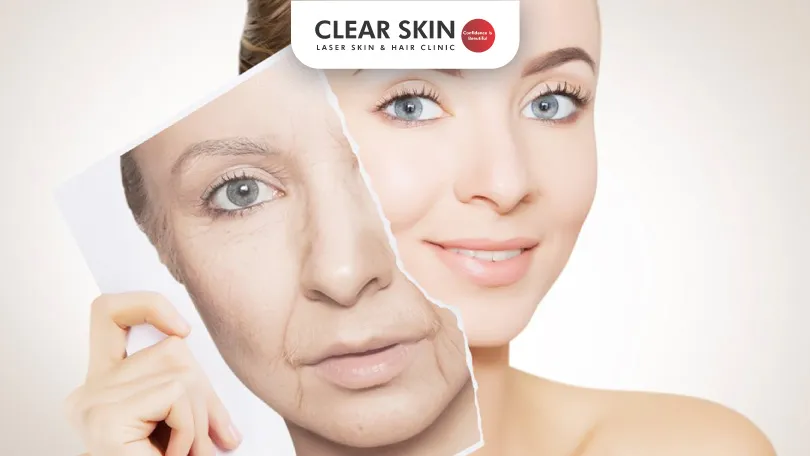Understanding the Science Behind Skin Aging


As we journey through life, our skin undergoes various changes. Understanding the science behind skin aging can help us take proactive steps to maintain youthful, healthy skin. This article delves into the biological processes and external factors contributing to skin aging.
Biological Processes of Skin Aging
- Collagen and Elastin Breakdown
Collagen and elastin are essential proteins that provide structure and elasticity to our skin. As we age, the production of these proteins slows down, leading to sagging and wrinkles. This process is influenced by genetic factors and begins in our mid-20s.
- Cell Turnover Rate
The rate at which our skin cells regenerate decreases as we age. In our youth, skin cells renew every 28 days, but this process can take up to 50 days in older adults. Slower cell turnover leads to dull, uneven skin tone and texture.
- Hormonal Changes
Hormones play a significant role in skin aging. For instance, the decline in estrogen during menopause can result in thinner, drier skin. Hormonal fluctuations can also affect oil production, leading to changes in skin texture and elasticity.
- Free Radical Damage
Free radicals are unstable molecules that damage skin cells, leading to premature aging. Our bodies naturally produce antioxidants to neutralize free radicals, but this defense mechanism weakens over time, contributing to skin aging.


